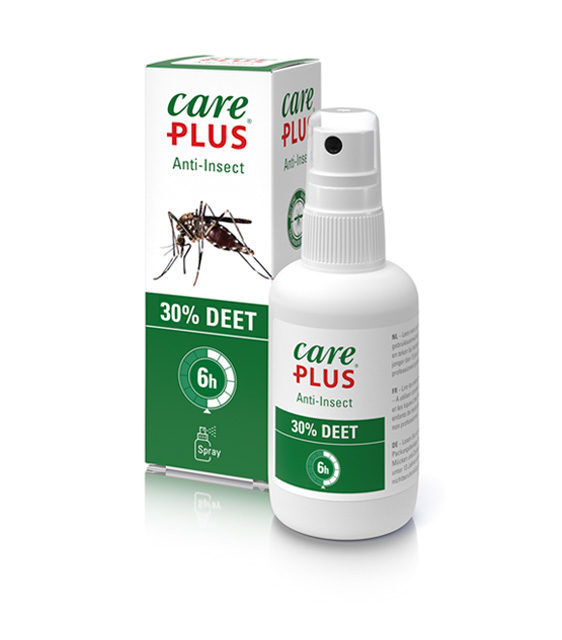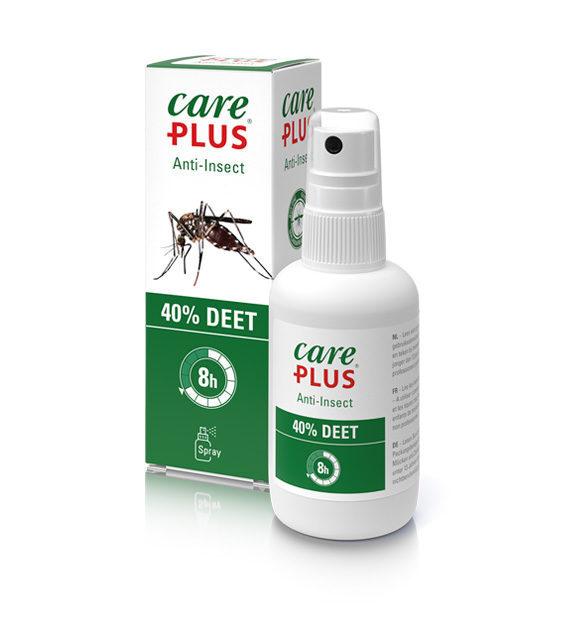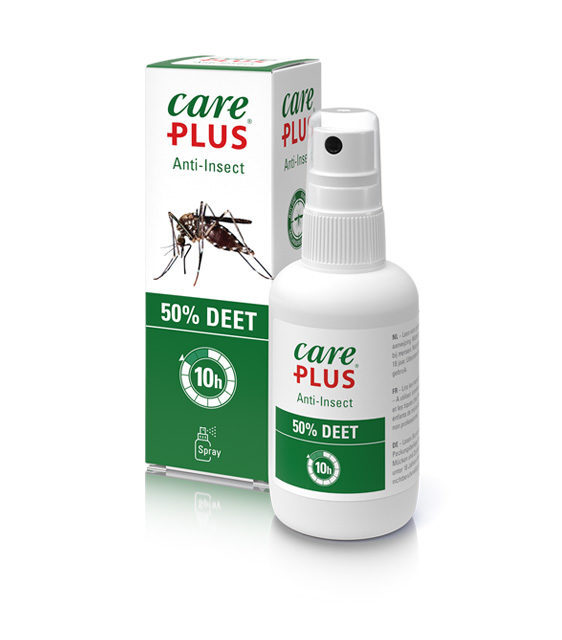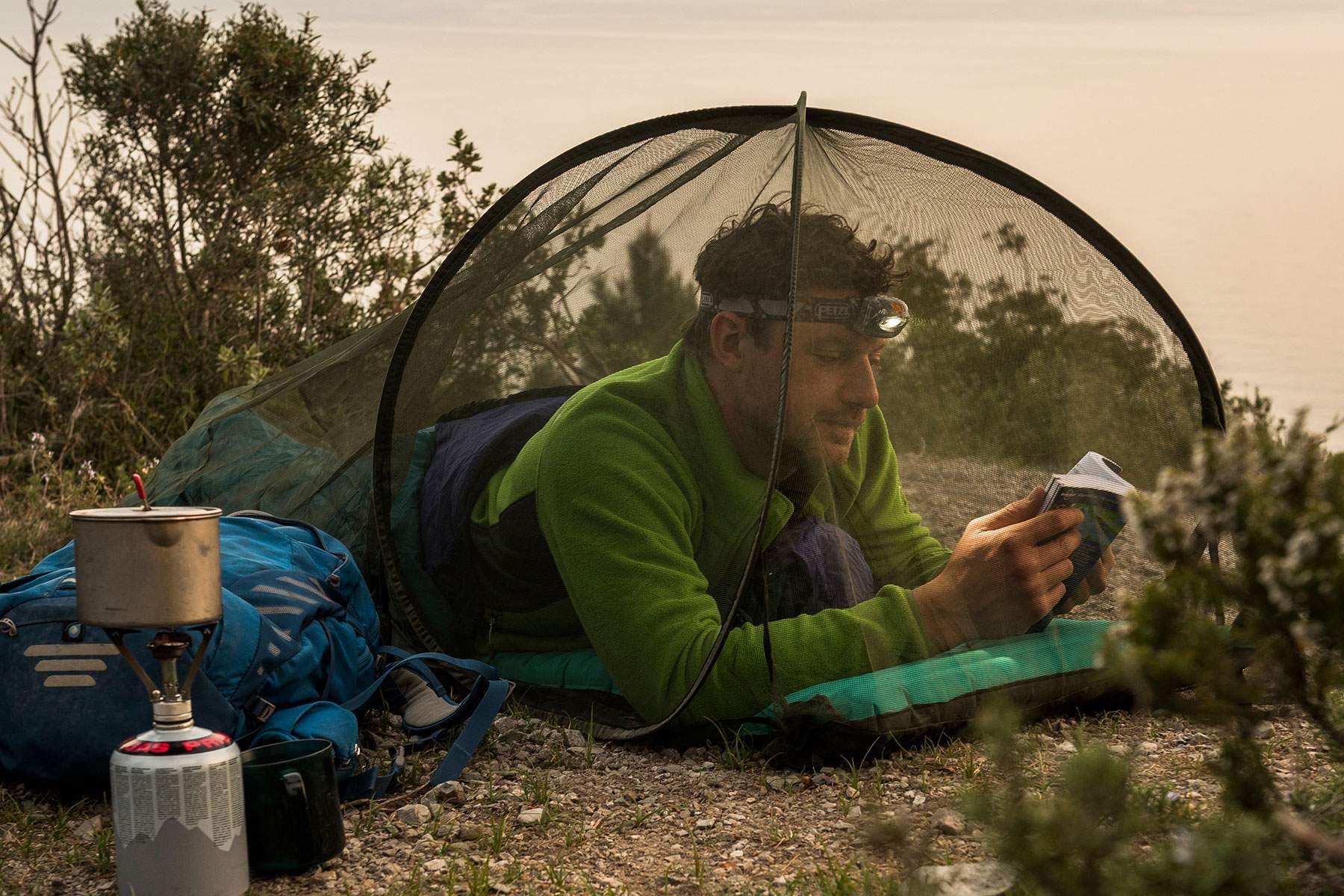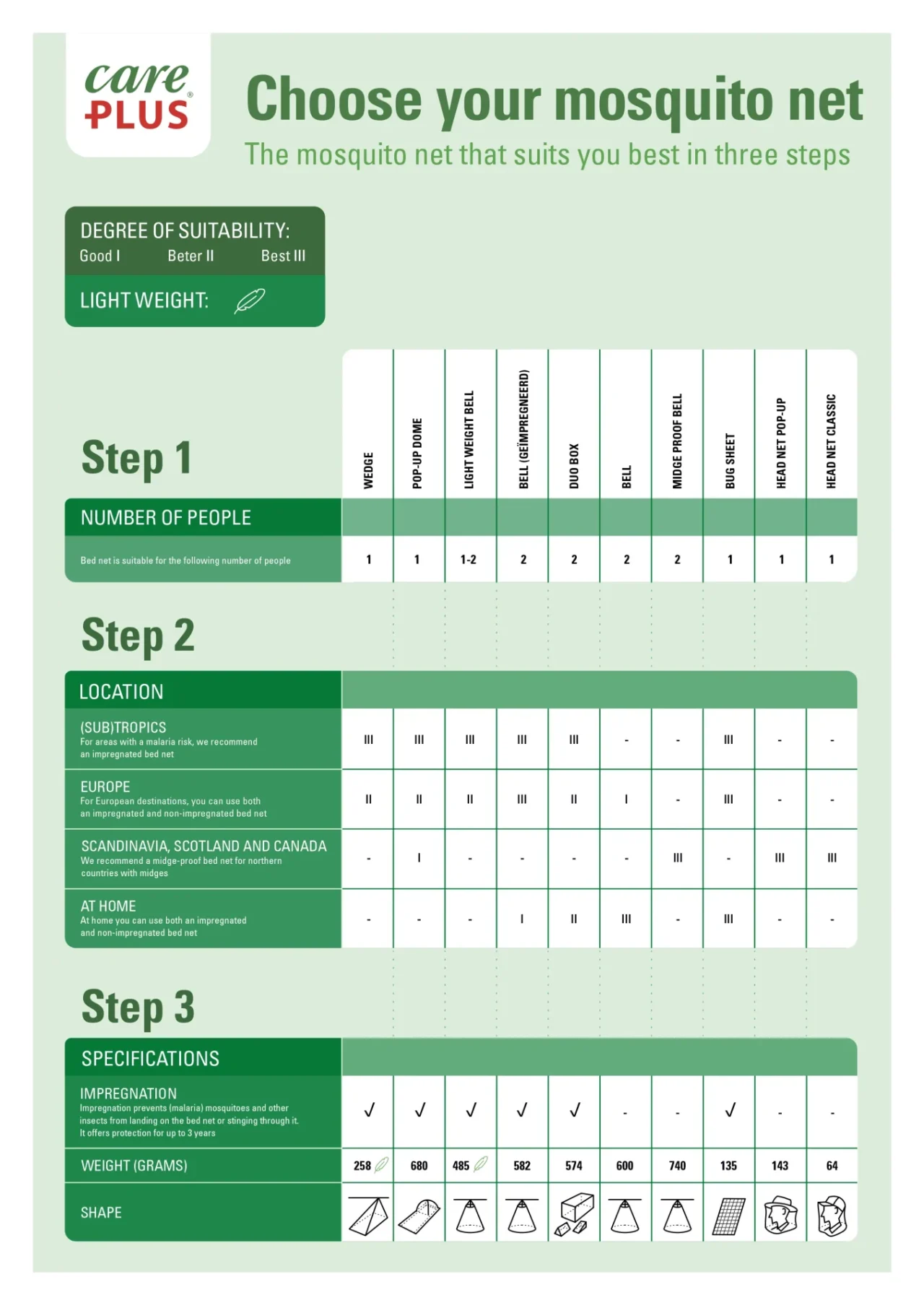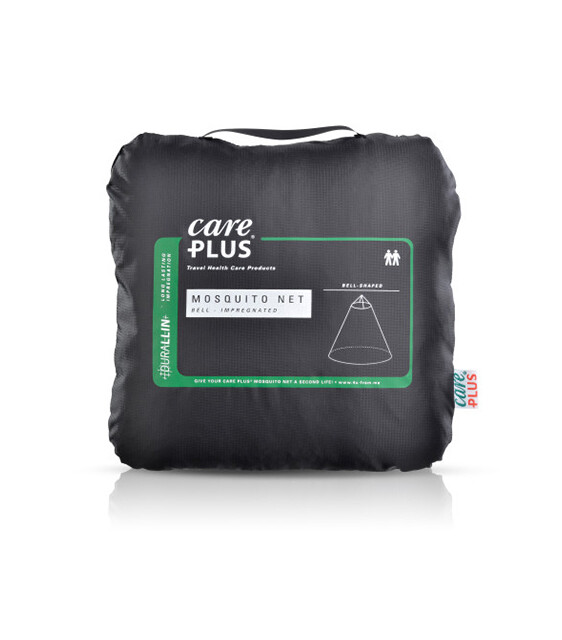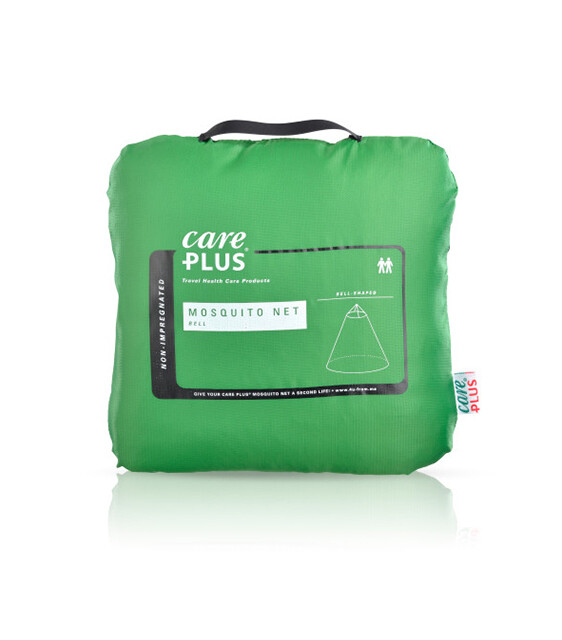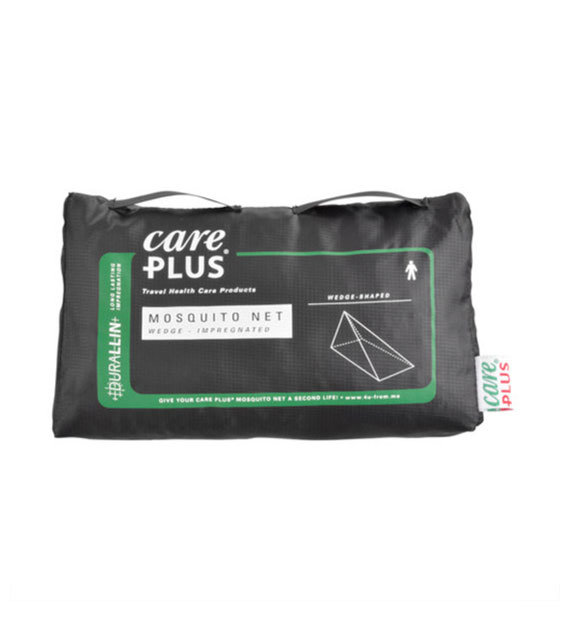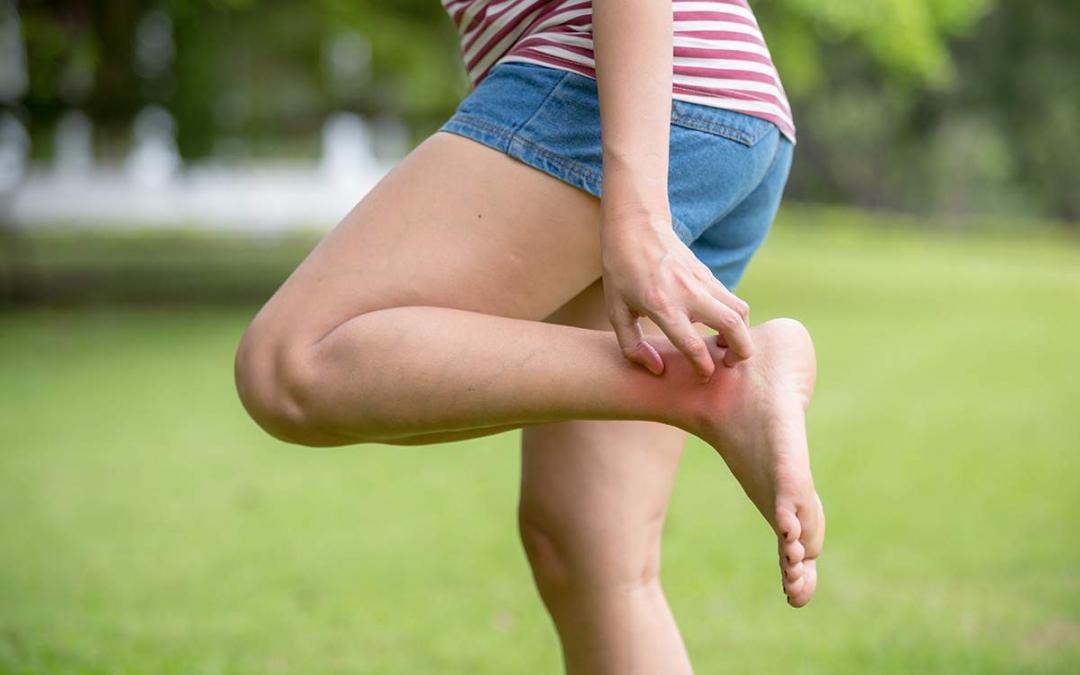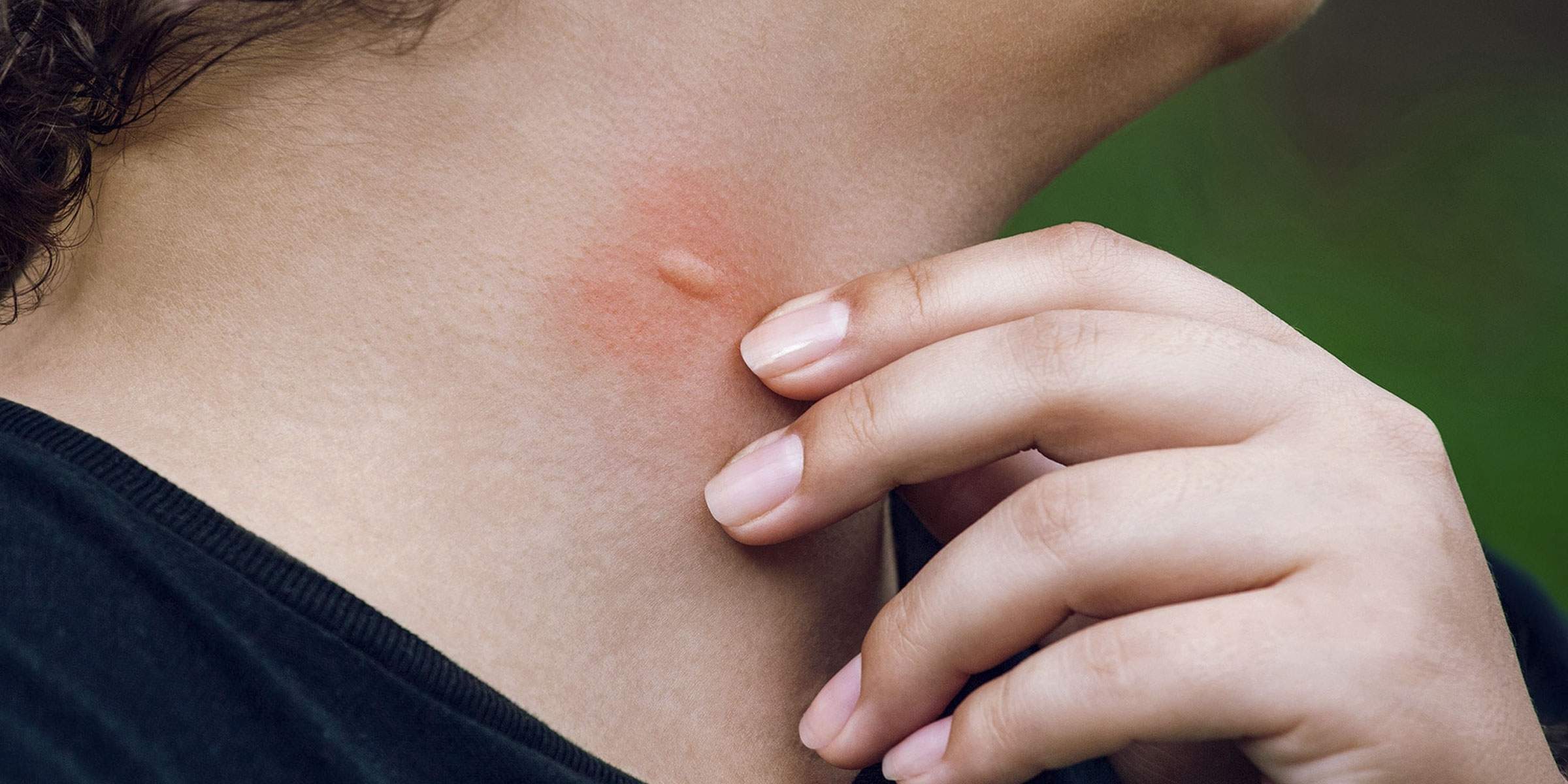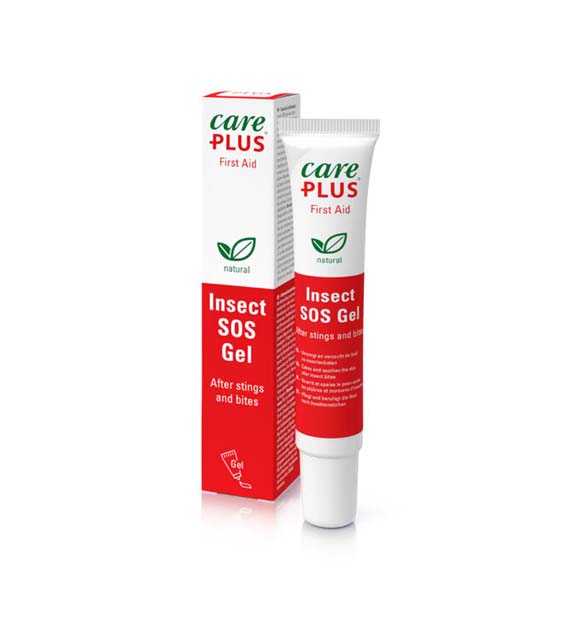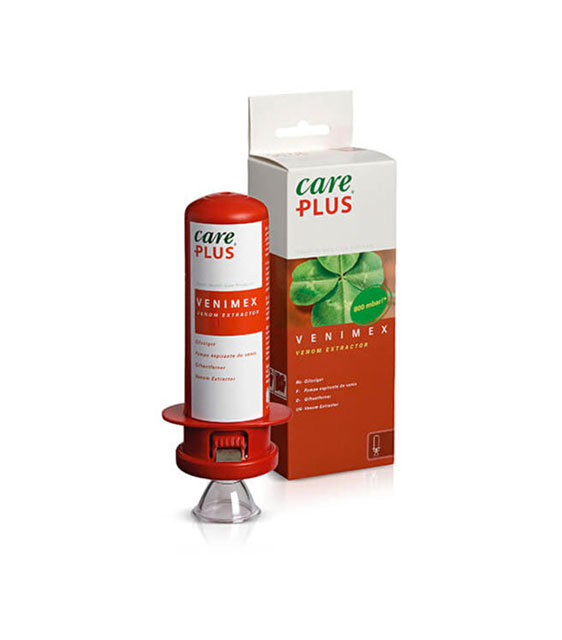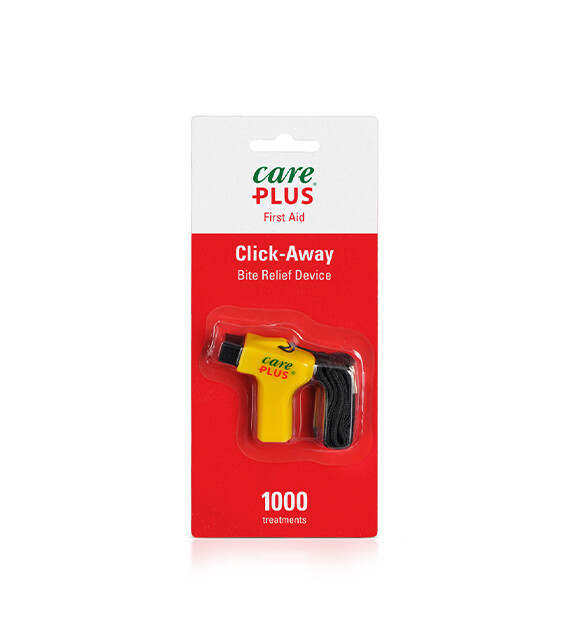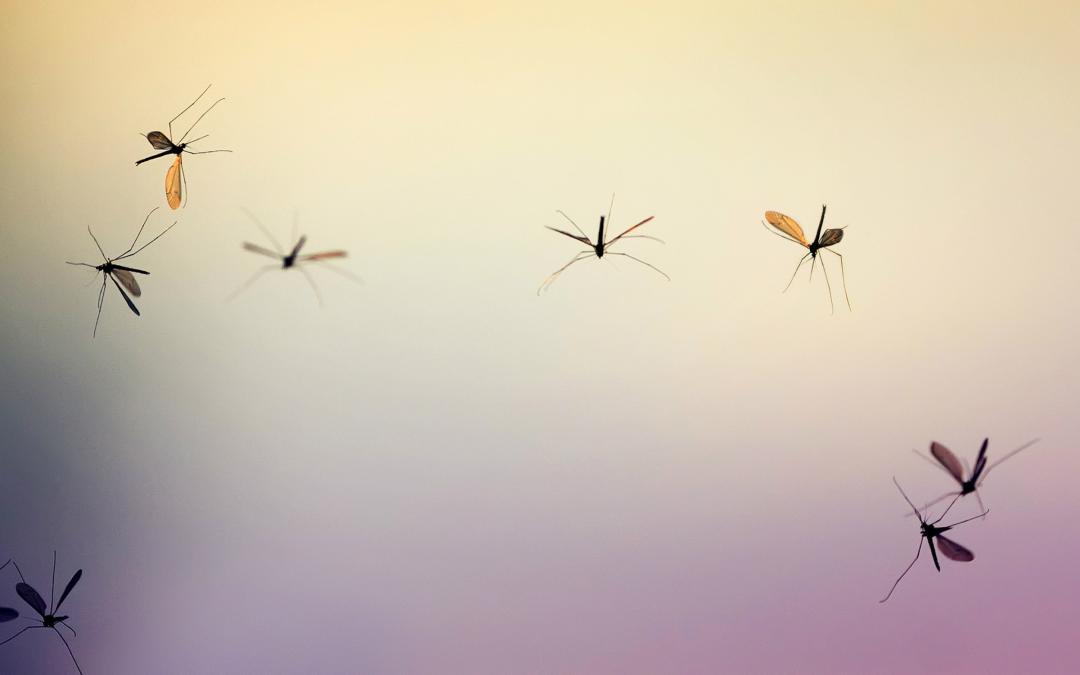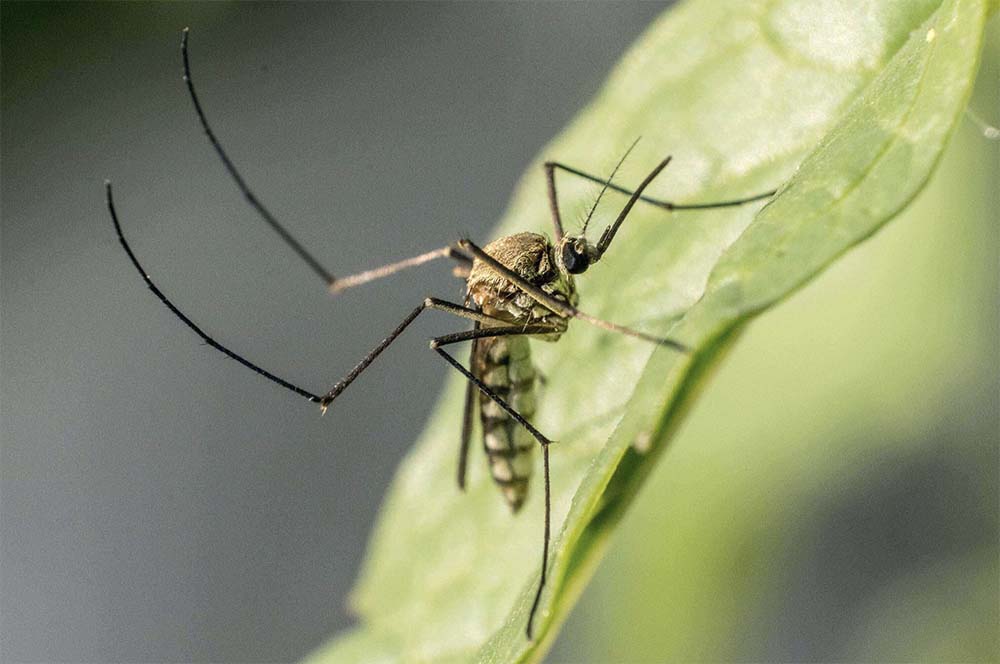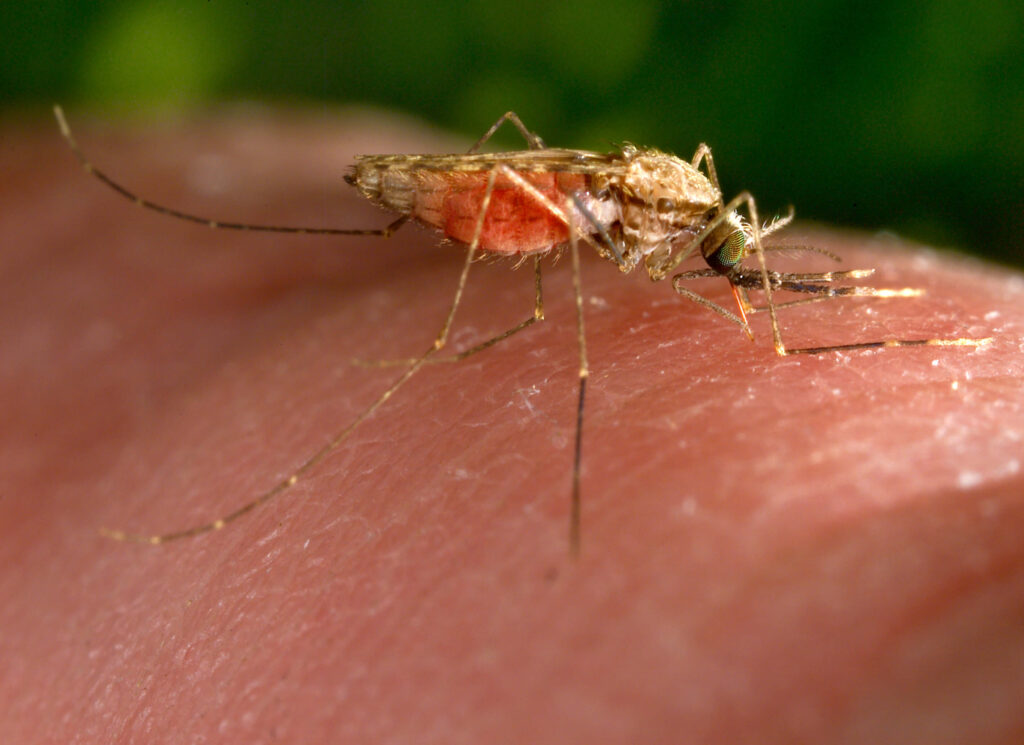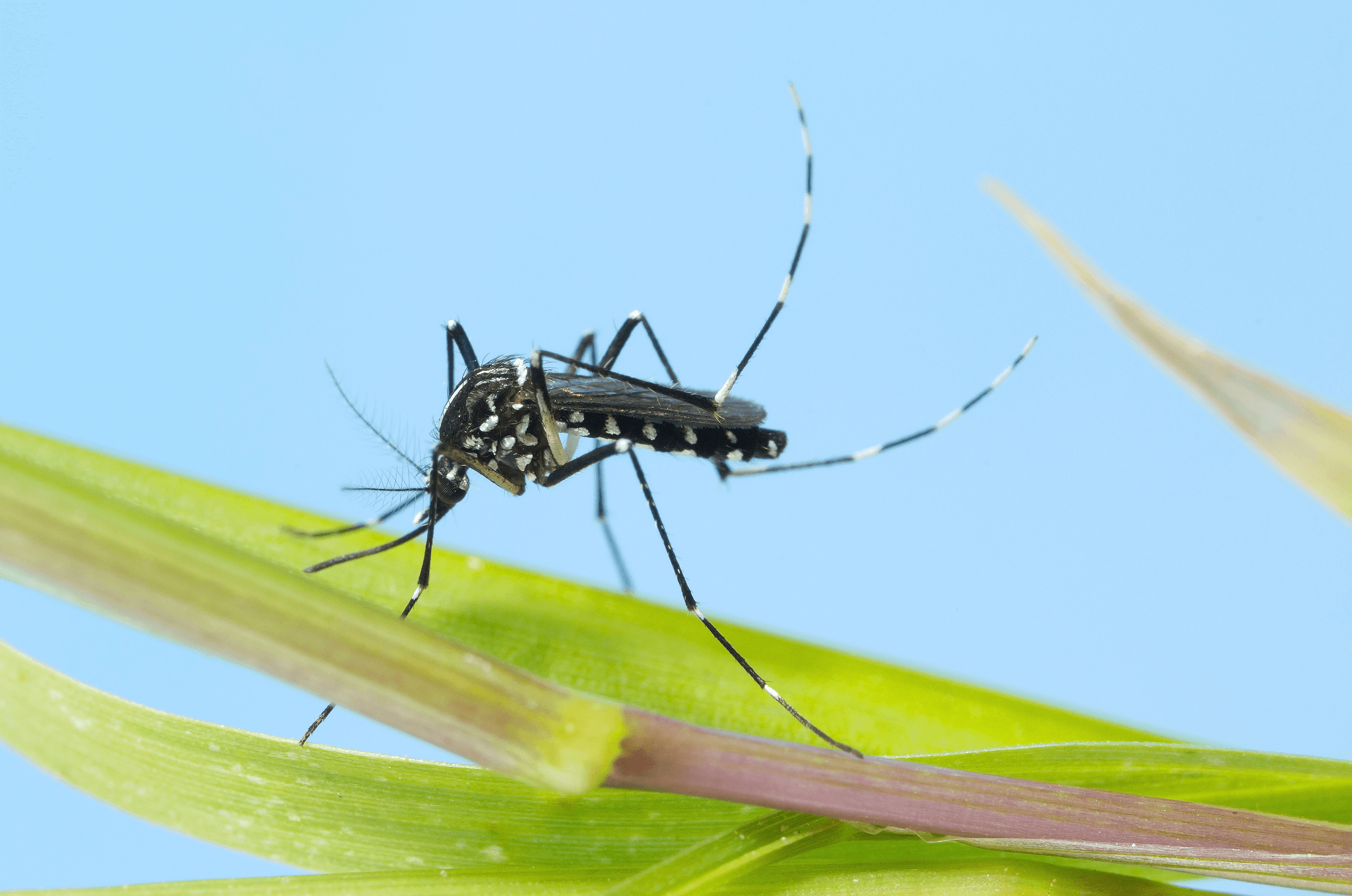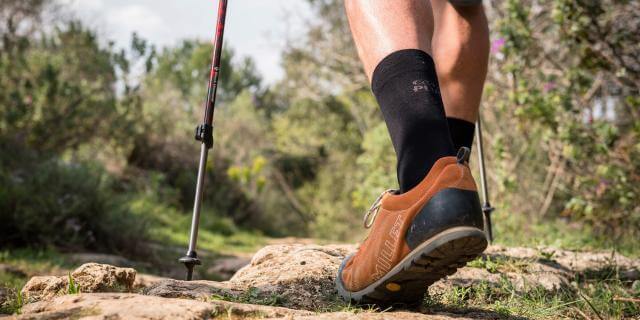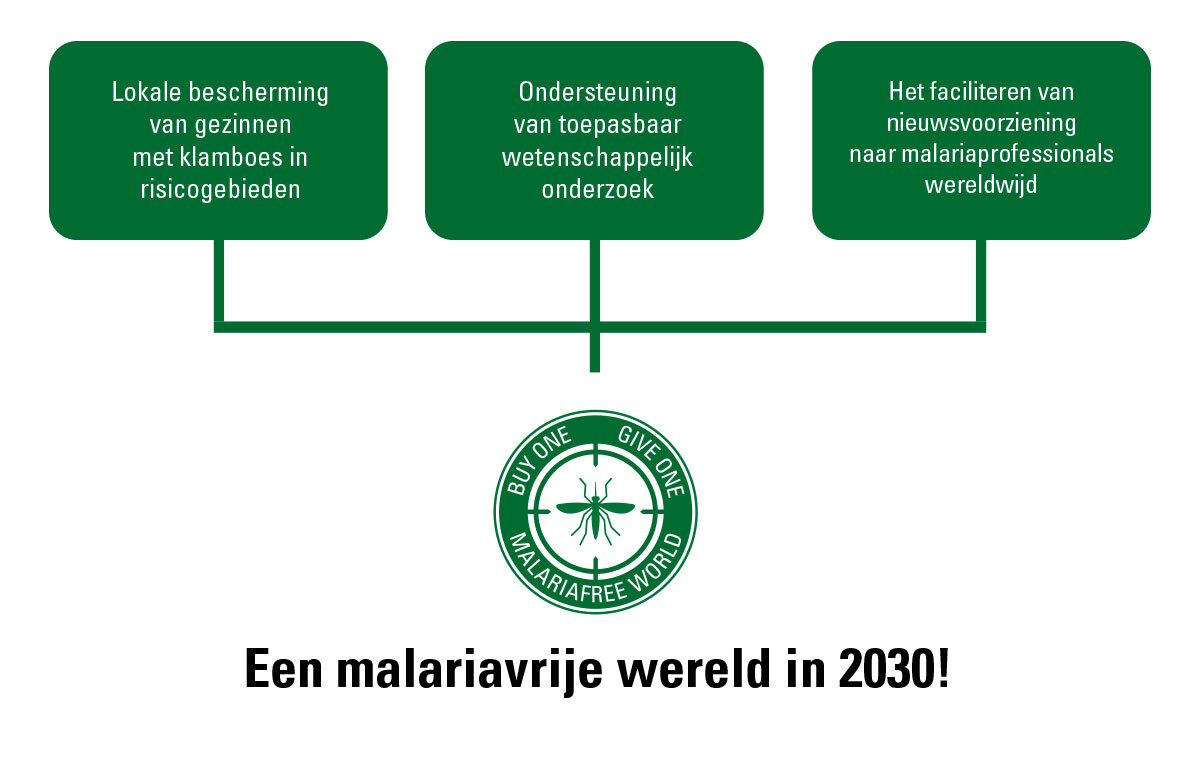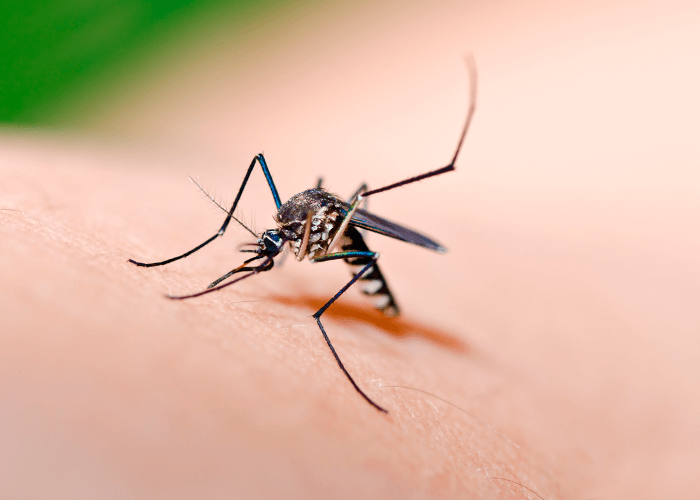
How does DEET work?
What is DEET and how does it work?
DEET was developed in 1944 by Samuel Gertler of the US Department of Agriculture. He developed the ingredient for use by the US Army. DEET is an abbreviation for N,N-Diethyl-meta-toluamide, or slightly shorter: diethyltoluamide. It masks volatile odourants on the skin. These odorous substances, for example from lactic acid bacteria, cannot be converted into olfactory neurons that can attract mosquitoes. The mosquito will therefore continue its search elsewhere and you will not be bitten.
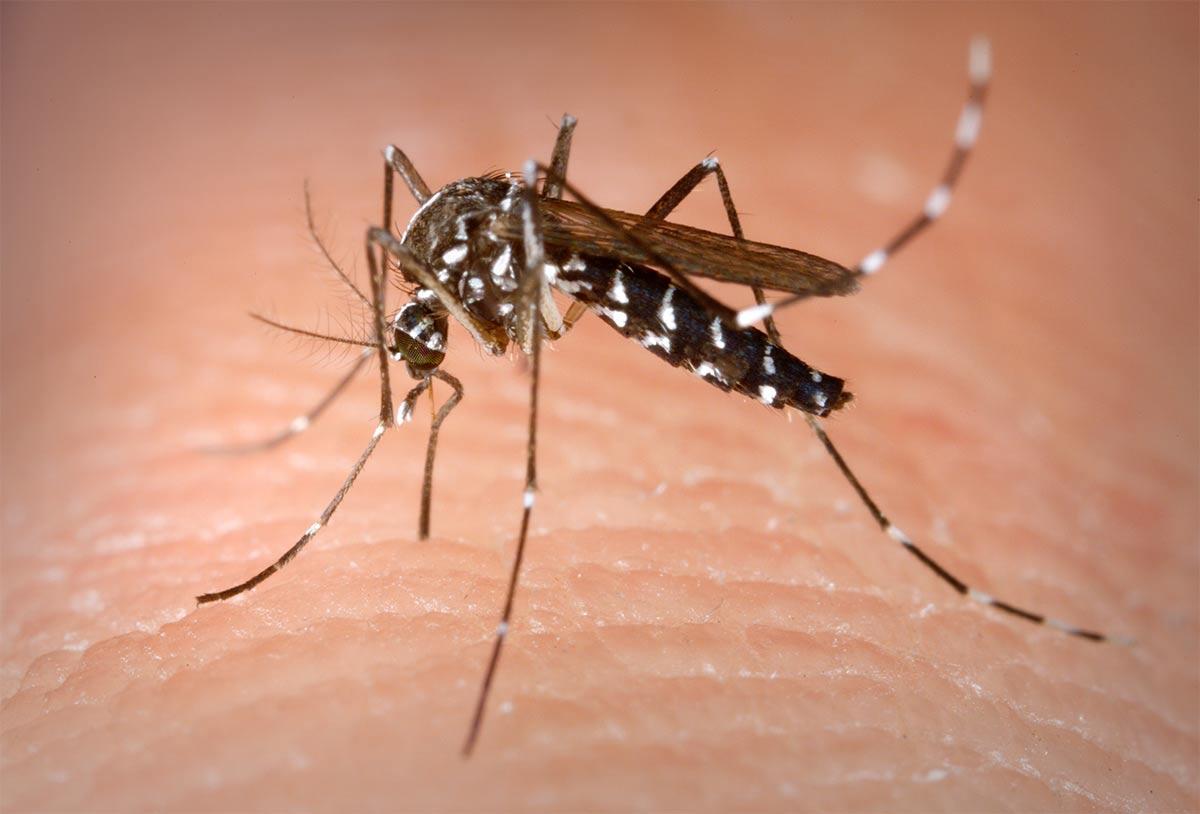
What does the percentage of DEET mean?
There are different percentages available of DEET-containing insect repellent products. The percentage does not say anything about how well the product works, but it does say something about the product’s duration of action. A higher percentage offers a longer duration of action. In the table below you can find a handy overview of the protection duration against mosquitoes and ticks per percentage.
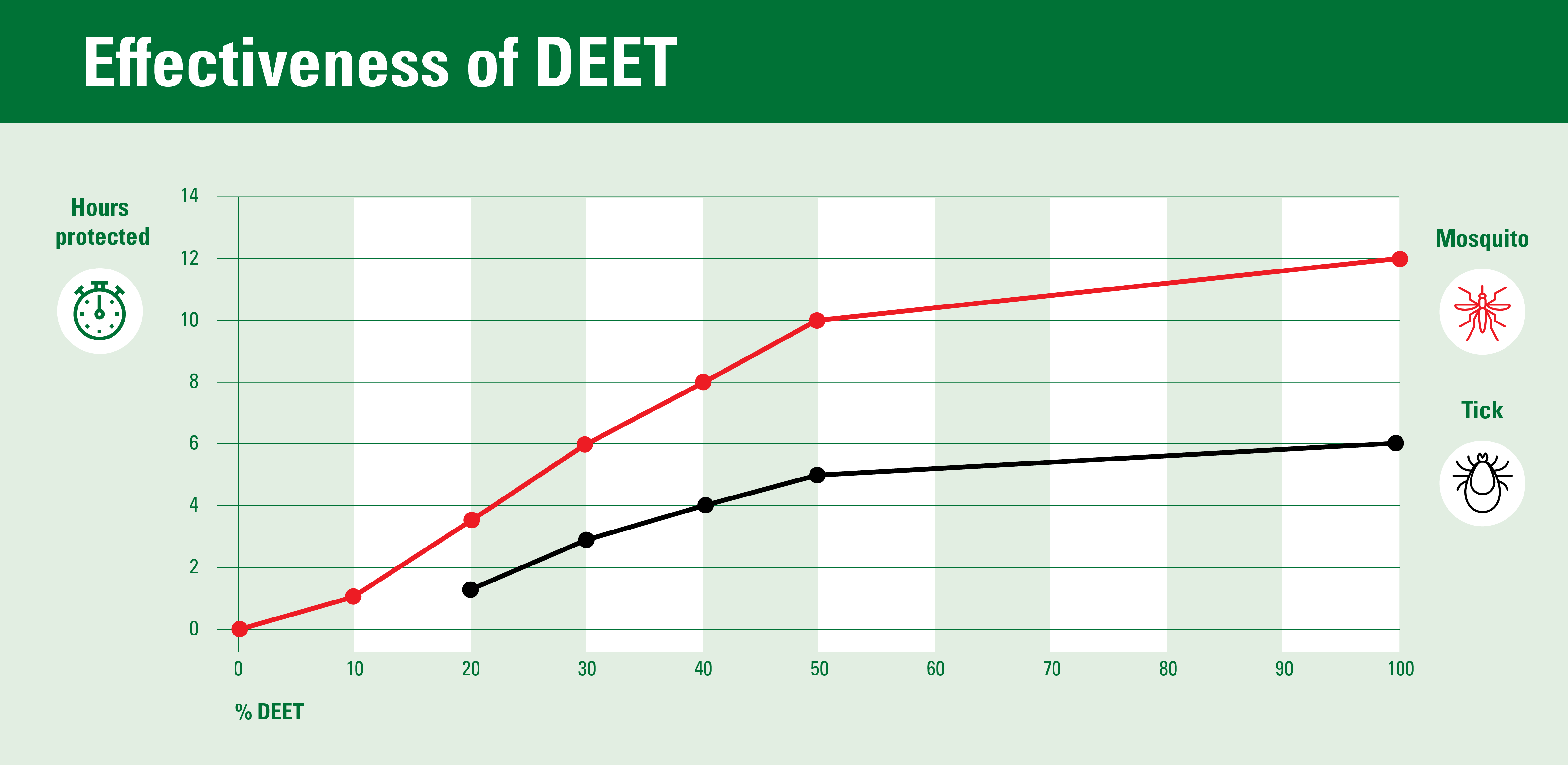
Between 50 and 100% DEET there is almost no difference in the duration of action, but the safety is negatively affected. Such a high percentage of DEET can cause skin irritation. In malaria areas a percentage of 30-50% DEET is advised. If you apply the product before sunset, it will provide sufficient protection until you sleep under the impregnated mosquito net.
Points of attention with the use of DEET
When you use products containing DEET you have to take into account a number of things. The agent can dissolve some synthetic materials such as rayon, spandex, synthetic fabrics, painted or varnished surfaces and nail polish. In addition, the agent can soak into hard plastics, making them softer and more flexible. Therefore, be careful when it comes to your clothes and other items when using DEET.
Alternatives to DEET
Besides DEET there are 3 other active insect-repellent substances. Since 1994, Care Plus® has an insect repellent based on natural lemon eucalyptus extracts (Citriodiol®). In a number of European countries, Care Plus® also has Saltidin (Icaridin™) and IR3535™ in its range. The availability of these products depends on local regulations.
3 facts about DEET
- More than 200,000,000 Americans use DEET products against mosquito and tick bites every year.
- Care Plus® has conducted its own efficacy studies with 3 mosquito species including the house mosquito (Culex), the malaria mosquito (Anopheles) and the tiger mosquito (Aedes).
- DEET is not toxic for humans, although every now and then stories pop up in the media.
3 frequently asked questions about DEET
1. Is DEET safe for children??
There are age recommendations for the use of DEET. The age depends on the percentage of DEET. For example, DEET 30% is suitable for children above 13 years and DEET 50% for children above 18 years.
2. What if I travel to a malaria area with children under the age of 13?
Government advice for the use of higher percentages of DEET in the (sub)tropics may differ. For example, they look at whether the risk of infection with a disease is higher than the risk that the child will suffer from skin irritation through the use of DEET. Besides that, younger children are more prone to getting body parts in contact with their mouth or eyes. Something that has to be avoided with DEET.
3. Why is there no DEET with sunscreen?
In areas where the tiger mosquito is active it would be useful if DEET and sun cream were combined. Tiger mosquitoes prefer to bite during the day. However, both products affect each other negatively. As soon as you use the products combined, both the SPF of the sunscreen and the DEET protection are reduced. Tip: apply the sunscreen half an hour before you go out into the sun. Then, 10 minutes before you go outside, apply the DEET-product in a thin layer on uncovered skin.
